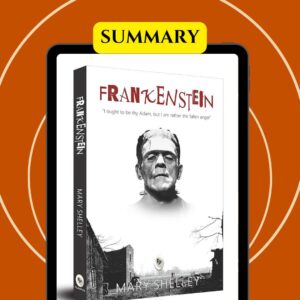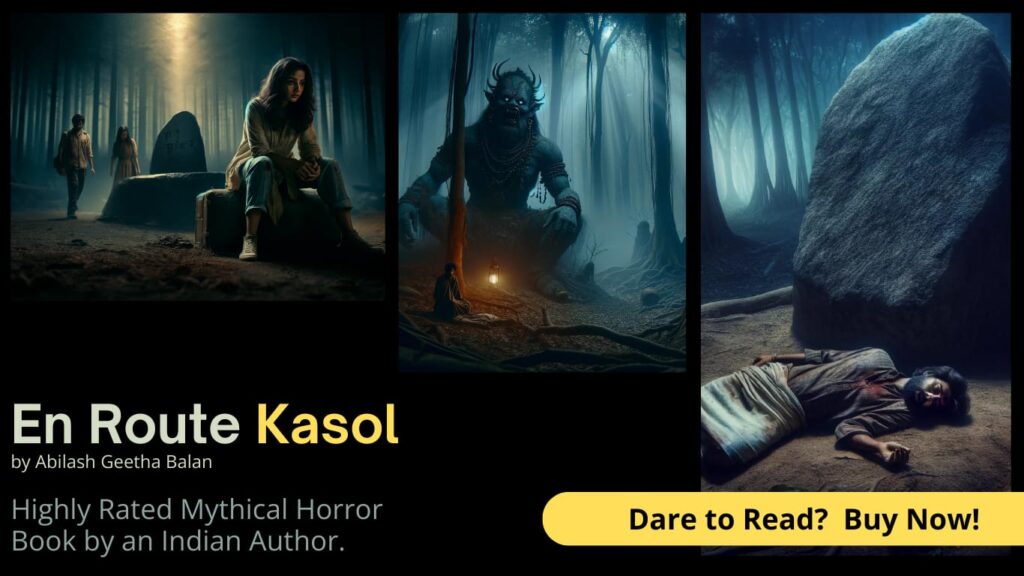Frankenstein Book Summary
Mary Shelley, the prolific writer of the Gothic novel Frankenstein, achieved literary fame at a young age. The novel was first published in 1818, captivating readers with its innovative narrative and themes that continue to resonate with audiences today.
Key Points:
- Brief introduction to the author, Mary Shelley
- Mary Shelley, born in 1797, was the daughter of famous intellectuals William Godwin and Mary Wollstonecraft.
- She wrote Frankenstein at the age of 19 during a trip to Geneva with companions who included Lord Byron and Percy Shelley.
- Background information on the novel’s publication and reception
- Frankenstein was originally published anonymously, leading many to speculate about the true identity of the author.
- The novel initially received mixed reviews but gained popularity over time, cementing its status as a classic work of literature.
- Overview of the themes and significance of Frankenstein
- Frankenstein delves into themes of ambition, scientific ethics, and the pursuit of knowledge.
- The novel raises profound questions about the consequences of unchecked scientific experimentation and the responsibilities that come with creating life.

Table of Contents
Historical Context of the Novel
Unraveling the historical context surrounding the creation of Frankenstein provides valuable insights into Mary Shelley’s inspirations and motivations.
Key Points:
- Exploration of the cultural and historical context in which Mary Shelley wrote Frankenstein
- The early 19th century was a period marked by significant scientific advancements and social upheaval, influencing Shelley’s portrayal of Victor Frankenstein’s groundbreaking experiments.
- The novel also reflects the Romantic era’s fascination with nature, emotion, and the sublime.
- Discussion of key events and movements that influenced the novel
- Mary Shelley’s personal experiences, including the loss of her infant daughter, the death of Percy Shelley’s first wife, and the discussions on scientific advancements during their travels, shaped the themes and tone of Frankenstein.
- The Industrial Revolution and the Enlightenment’s impact on society provided a backdrop against which Shelley explored complex moral dilemmas related to scientific progress.
Plot Summary of Frankenstein
Delving into the intricate layers of the plot illuminates the novel’s captivating narrative structure and character development.
Key Points:
- Detailed summary of the plot, including major events and characters
- The story follows Victor Frankenstein, a brilliant but ambitious scientist, as he creates a sentient being using unconventional methods.
- The Creature, abandoned by its creator, embarks on a quest for acceptance and revenge, leading to tragic consequences for both.
- Analysis of the narrative structure and storytelling techniques used by Mary Shelley
- Shelley employs a frame narrative, with multiple narrators providing different perspectives on the events unfolding in the story.
- Flashbacks and introspective moments offer readers a deeper understanding of the characters’ motivations and struggles.
- Highlighting key moments in the story that drive the plot forward
- Victor’s reckless pursuit of knowledge and power sets off a chain of events that result in the Creature’s existence and its subsequent actions.
- The moral implications of Victor’s creation and his failure to take responsibility for his actions drive the narrative towards a harrowing climax.
Analysis of Key Passages
In this section, we delve into the core of Frankenstein by Mary Shelley, focusing on key passages that encapsulate the novel’s profound themes and character dynamics:
Exploration of Themes in Key Passages
- Ambition: Analyzing Victor Frankenstein’s obsessive pursuit of knowledge and its disastrous consequences.
- Revenge: Unpacking the Creature’s motivation for seeking revenge on his creator.
- Scientific Ethics: Assessing the moral implications of Victor’s scientific experiments.
Close Reading of Select Passages
- Examining the creature’s initial interactions with society and the rejection he faces from humans.
- Dissecting Victor’s internal struggles and guilt over his creation’s actions.
- Highlighting the pivotal scene where Victor confronts the consequences of his reckless ambition.
Analysis of Symbolism and Imagery
- Light and Darkness: Interpreting the symbolic use of light and darkness in the novel to convey themes of knowledge and ignorance.
- Fire Symbolism: Understanding the symbolism of fire as a destructive force and a source of enlightenment.
- Nature Symbolism: Exploring the role of nature in contrasting the artificial world created by Victor with the purity of the natural world.
Comparison with Other Literary Works
This section draws parallels and distinctions between Frankenstein and other influential literary works, positioning Shelley’s masterpiece within the broader context of Gothic novels and science fiction:
Comparative Analysis with Gothic Novels
- Contrasting Frankenstein with classics like Dracula and The Strange Case of Dr. Jekyll and Mr. Hyde to examine recurring motifs and themes.
- Exploring how Shelley’s portrayal of horror and monstrous creation differs from traditional Gothic tropes.
Fitting into Romantic Literature Tradition
- Discussing how Frankenstein aligns with Romantic ideals of individualism, nature, and the supernatural.
- Highlighting Shelley’s innovative blending of Gothic elements with Romantic themes in the novel.
Examining Similarities and Differences
- Comparing the character of Victor Frankenstein with other tragic literary figures like Faust or Macbeth.
- Contrasting the Creature’s existential struggles with those of other misunderstood outcasts in literature.
Critical Interpretations and Scholarly Debates
In this section, we navigate the rich landscape of critical interpretations and ongoing debates that have shaped scholarly discourse on Frankenstein:
Major Critical Interpretations
- Unpacking feminist readings that emphasize Shelley’s critique of patriarchal power structures.
- Exploring Marxist perspectives that frame the novel as a commentary on class struggle and societal inequality.
- Considering psychoanalytic interpretations that delve into the subconscious motivations of Victor and the Creature.
Debates Surrounding the Novel
- Contemplating the Creature’s moral agency and whether he can be held accountable for his actions.
- Analyzing Victor’s responsibility as a creator and the ethical implications of his abandonment of the Creature.
Enriching Understanding of Themes
- Discussing how divergent interpretations of the novel’s ending illuminate different aspects of Shelley’s thematic concerns.
- Examining how varying readings of Frankenstein challenge traditional notions of heroism and villainy.
Frankenstein in Popular Culture
This final section explores the enduring presence of Frankenstein in popular culture and its continued resonance across various media platforms:
Adaptations and Reimaginings
- Tracing the evolution of Frankenstein from literature to film adaptations like the iconic 1931 Universal Pictures production starring Boris Karloff.
- Examining contemporary reimaginings of the novel in TV shows and graphic novels, showcasing its adaptability and timeless appeal.
Creature’s Iconic Status
- Evaluating the Creature’s enduring status as a cultural icon and its influence on depictions of monsters in popular media.
- Analyzing how the Creature’s sympathetic portrayal in adaptations has redefined perceptions of monstrous characters.
Relevance in Contemporary Society
- Discussing the continued relevance of Frankenstein in the 21st century, particularly in discussions around ethics in scientific innovation and the implications of unchecked ambition.
- Parsing the reasons behind Frankenstein‘s enduring popularity and its ability to provoke introspection on humanity’s relationship with technology and morality.
FAQs – Frankenstein Book Summary:
What is the main theme of Frankenstein by Mary Shelley?
The main themes in Frankenstein by Mary Shelley include the consequences of unchecked ambition, the power dynamics between creator and creation, the pursuit of knowledge, revenge, and societal rejection of the “other.”
How is Victor Frankenstein portrayed in the novel?
Victor Frankenstein is portrayed as a complex character driven by his ambition to uncover the secrets of life and death. His creation of the Creature leads to a series of tragic events as he struggles with his responsibility as a creator.
What is the significance of the Creature in Frankenstein?
The Creature in Frankenstein represents the consequences of society’s rejection and abandonment. He grapples with his identity, seeks understanding and acceptance, and ultimately embodies the themes of loneliness and longing for companionship.
How does Mary Shelley use nature symbolism in Frankenstein?
Mary Shelley weaves nature symbolism throughout Frankenstein, using elements like light and darkness, fire, and the natural world to reflect the characters’ emotions, moral dilemmas, and the overarching themes of the novel.
What impact has Frankenstein had on popular culture?
Frankenstein has had a significant impact on popular culture, inspiring numerous adaptations in films, TV shows, and various media. The character of the Creature has become an iconic figure, symbolizing themes of isolation, monstrosity, and the consequences of unchecked scientific ambition.
Conclusion:
In conclusion, Frankenstein by Mary Shelley is a timeless masterpiece that continues to captivate readers with its exploration of human nature, morality, and societal norms. Through its compelling characters, complex themes, and enduring legacy, the novel remains a profound and thought-provoking work of literature that continues to resonate with audiences across generations. Whether it’s through critical analysis, scholarly debates, or adaptations in popular culture, Frankenstein stands as a testament to Mary Shelley’s literary genius and the enduring power of the Gothic tradition.





